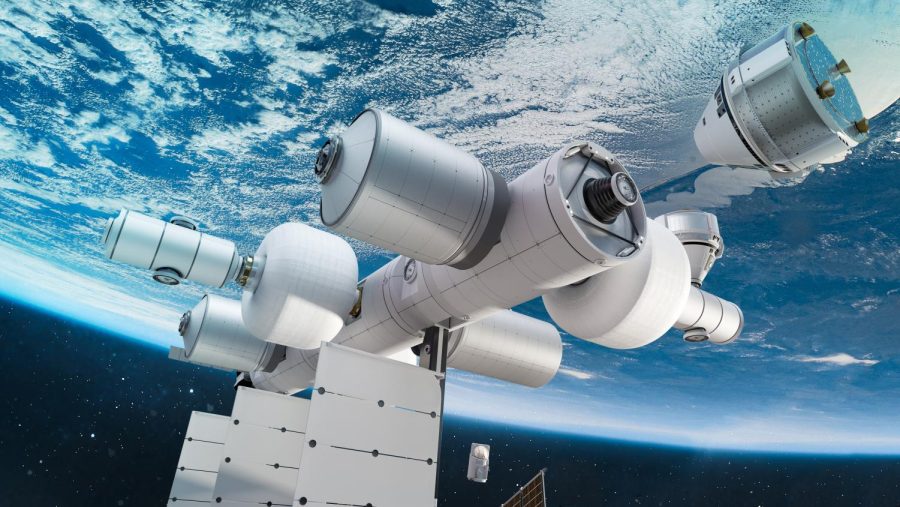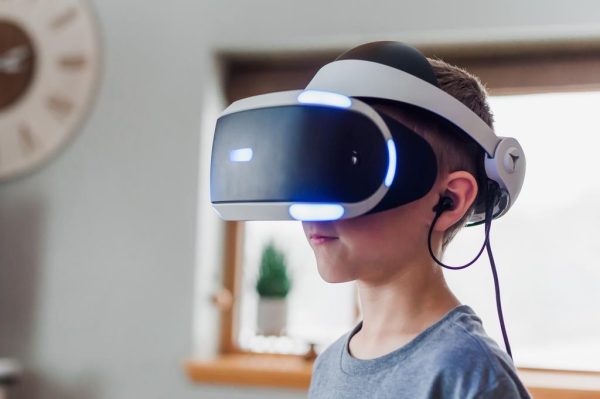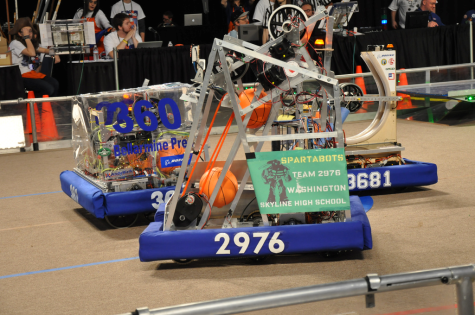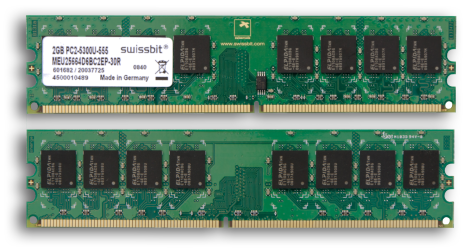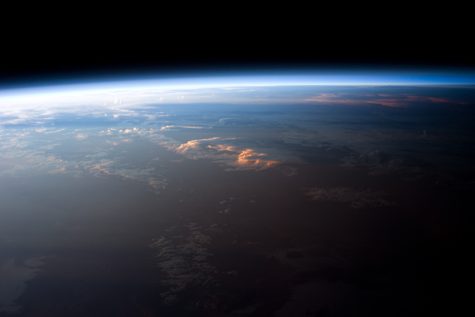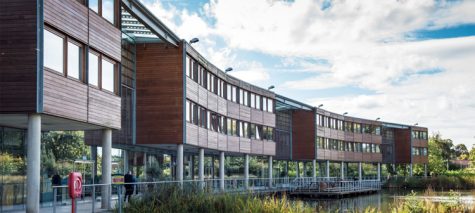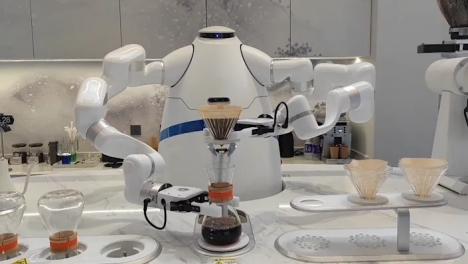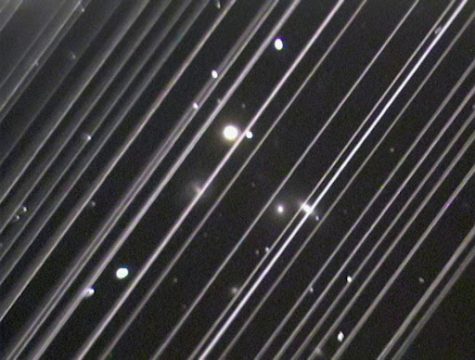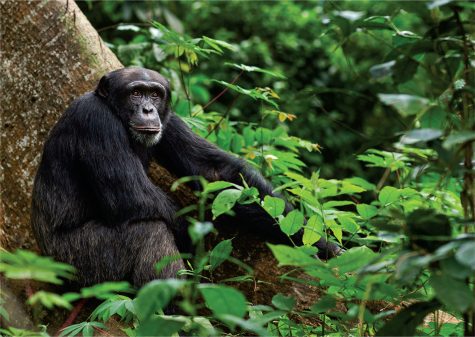NASA’s $400 Million Space Station Contract
Blue Origin has teamed up with Sierra Space, Boeing and others to build Orbital Reef, a private space station, to begin flying by the end of the 2020s.
January 4, 2022
NASA awarded 3 space companies a combined payment of $400 million dollars to design and present a new space station to replace the current International Space Station (ISS) by the end of the decade.
$160 million of this went to a team led by Nanoracks who has partnered up with Voyager Space and Lockheed Martin. These companies plan to launch their station known as “Starlab” as soon as 2027.
The second part of the budget was given to Blue Origin and its team for $130 million. Blue Origin is partnered with Boeing, Redwire and Sierra Space, as well as some other smaller space companies, they plan to create their station known as “The Orbital Reef Space Station”.
The third budget is also the lowest of the three is $125.6 million to an undisclosed concept from Northrop Grumman. This station would be made to work with the company’s own Cygnus cargo spacecraft, Mission Extension Vehicle or MEV satellite service program as well as the Habilitation and Logistics Outpost module that is being built for NASA’s Lunar Gateway.
NASA asked 11 companies to propose concepts of a new space station in August “Almost all of the proposals represented were viable concepts for commercial LEO destinations,” said Phil McAlister, who is the director of commercial spaceflight for NASA.
All the companies for the program will be eligible to compete again for phase two of the project in the next five years (half way through decade). These other companies will be used by NASA to certify the future of commercial space stations for NASA astronauts and to buy initial services from the future commercial stations.
This program is part of NASA’s plan to finally retire the current ISS while also maintaining a presence in LEO (Low Earth Orbit) for research and preparation missions beyond the reaches of Earth. The Axiom Space company was given a contract from NASA in early 2020, allowing the company access to one of the ISS ports in which they plan on connecting a number of commercial modules starting in 2024. These modulus will then be detached from the ISS and make a new commercial station.
The winning companies have reassured that their stations would be completed before the end of the decade. Kirk Shireman the program manager at Lockheed said this “The technologies, the equipment, the habitats that we are using for “Starlab” are under development today”. “I believe it’s certainly feasible to meet the schedule we’ve laid out with NASA”.
For Blue Origin, senior vice president of advanced development Brent Sherwood said this, “There are two pieces to an end-to-end service: there’s transportation and destination”. The transportation systems to get to and from the “Orbital Reef” will be Sierra Space’s Dream Chaser and Boeing’s CST-100 Starliner, and these craft will be operational in the next few years.
One issue was raised about the funding needed from NASA. In order for NASA to fund the CLD program it needs to maintain the West foothold in LEO and to not have a gap in time where people are not conducting research in space. Timing and cost is what needs to be perfected in order for mankind to progress further into the final frontier of space.

